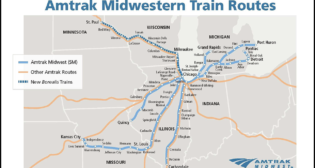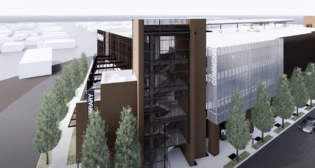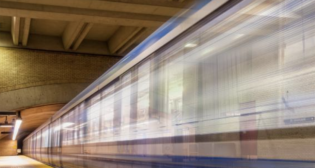
Transit Briefs: States of Calif., Tenn.; UTA; Phoenix Valley Metro
Written by Marybeth Luczak, Executive Editor
The Tennessee Advisory Commission on Intergovernmental Relations has recommended a state DOT study on the feasibility of passenger rail from Nashville to Chattanooga to Atlanta.
Tennessee pursues passenger rail service from Nashville to Chattanooga to Atlanta. Also, California Gov. Gavin Newsom awards $352 million in grants for “transit-oriented, climate-friendly housing” in underserved communities; Utah Transit Authority (UTA) will use drones to monitor its network; and Valley Metro of Phoenix, Ariz., updates its app.
According to the Chattanooga Times Free Press, a new report from the Tennessee Advisory Commission on Intergovernmental Relations (TACIR) recommends a Tennessee Department of Transportation (TDOT) study on the feasibility of establishing “the proposed passenger rail corridor from Nashville to Chattanooga to Atlanta, ranking the project No. 1 among five potential intercity corridors, another of which also involves Chattanooga.”
The newspaper on July 3 reported that TACIR signed off on the recommendation, recognizing “Chattanooga Mayor Tim Kelly’s ongoing partnership with officials in Atlanta, Nashville and Memphis, which earlier this year joined with Chattanooga to apply for funding under a federal program to study the corridor.”
The recommendation “formalizes the agency’s position on the project and for a TDOT study,” Cliff Lippard, the intergovernmental commission’s Executive Director, told the Chattanooga Times Free Press.
The newspaper reported that TDOT would work to “[i]dentify the alignment, condition and ownership of tracks”; “[d]efine an integrated network for intercity rail travel”; “[p]rovide alternatives for intermodal connections between the affected airports and passenger rail services”; and “[s]urvey projects initiated over the past 10 years involving the initiation of new state-sponsored Amtrak intercity passenger rail.”
Tennessee House Finance Committee Chair Patsy Hazlewood, who serves on the intergovernmental commission, said in a text to the Chattanooga Times Free Press that the TACIR report “regarding passenger rail routes through Chattanooga recognizes the need to find alternative transportation options for Tennesseeans and those traveling through our state.”
“‘As Tennessee continues to grow, and as we continue to be a top tourist destination, traffic issues are going to grow as well,’ she said,” according to the newspaper. “‘If and when federal dollars become available for new rail lines to accommodate passenger service, we need to be prepared for Tennessee to be a part of the planning and implementation. While it will be a long-term fix, increasing public transportation options is a critical piece of the solution for our growing congestion problem. It’s an early step on a very long road.’”
Currently, Memphis is the only Tennessee city served by Amtrak, which connects that city with New Orleans and Chicago, reported the newspaper, which noted that before the early 1970s Chattanooga had two passenger train stations.
According to the newspaper, Amtrak CEO Stephen Gardner in June told the House’s Subcommittee on Railroads, Pipelines and Hazardous Materials that the state of Tennessee “submitted a corridor identification [and development] application to the Federal Railroad Administration for service from Memphis east to Nashville on to Chattanooga and Atlanta.” He said “[t]hat’s a very interesting corridor, one that holds a lot of promise. And the process now will be for the FRA to consider those applications for the corridor [identification and] development program and to make their selections.” That program “would provide some ‘initial seed funding’ to be able to begin the planning work, Gardner said, calling it a ‘great step and one that we’ve supported,’” the newspaper reported.
Gardner spoke during a hearing on “Amtrak Operations: Examining the Challenges and Opportunities for Improving Efficiency and Service.”
At that hearing, U.S. Rep. Steve Cohen (D-Tenn.) asked Gardner “whether the state [of Tennessee] could be doing more or if the state is doing what is necessary, [and] Gardner said the ‘first critical step’ is to get in the [FRA corridor identification and development] program, make a submission and to express an interest,” according to the newspaper. “Once FRA makes its decisions, there will be a process to further study and work with host railroads and operators like Amtrak and plan out further services.”
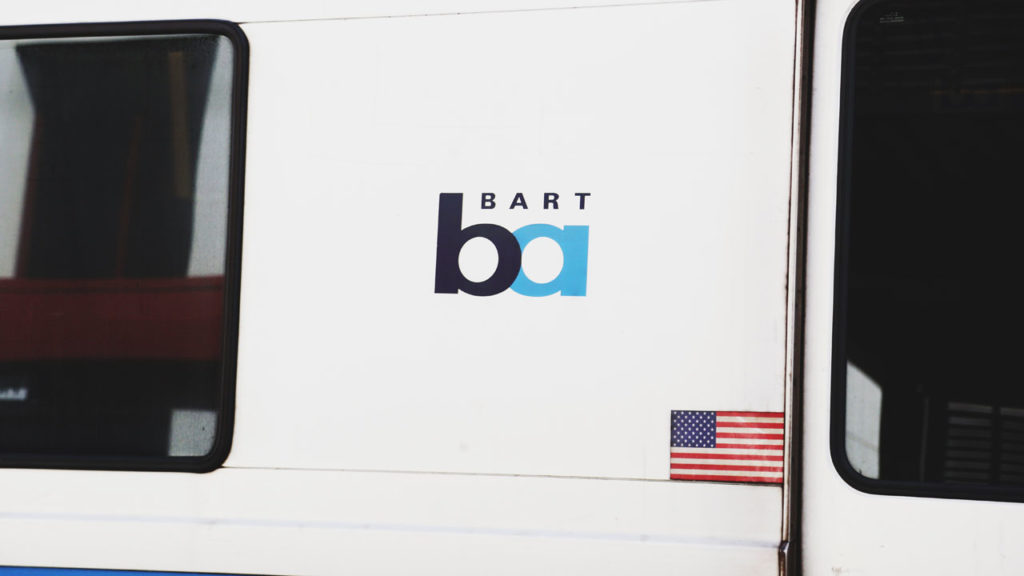
California has awarded more than $352 million in the first round of funding from the Regional Early Action Planning grants program (REAP 2.0) to further “the state’s commitment to building neighborhoods that allow more Californians to live closer to jobs, services and daily destinations,” according to the Office of Gov. Newsom. REAP 2.0, administered by California Department of Housing and Community Development, is said to provide planning and implementation funding to cities, counties and regional governments to build “sustainable, resilient, and equitable communities that are inclusive and take measurable strides toward reducing vehicle miles traveled.”
The majority of REAP 2.0 funds will flow to Metropolitan Planning Organizations (MPOs), according to the Governor’s Office. These MPOs may then suballocate a portion to cities and counties in their region. A smaller set-aside of $30 million in Higher-Impact Transformative (HIT) funding has been awarded through a competitive process to five communities “that have a planned commitment to transform under-resourced neighborhoods through comprehensive community engagement and innovative place-based projects,” the Office said.
REAP 2.0 MPO awards include:
- Association of Monterey Bay Area Governments (AMBAG): $9.13 million
- Madera County Transportation Commission (MCTC): $2.18 million
- Sacramento Area Council of Governments (SACOG): $31.83 million
- San Diego Association of Governments (SANDAG): $38.73 million
- Shasta Regional Transportation Agency (SRTA) $2.24 million
- Southern California Association of Governments (SCAG): $237.41 million
- Tahoe Regional Planning Agency (TRPA): $567,239
San Francisco Bay Area Rapid Transit District (BART) was a REAP 2.0 HIT awardee. It received $3,587,525 to help build housing projects on BART-owned land. The other REAP 2.0 HIT recipients are:
- City of Oakland: $10 million
- City of Rancho Cordova: $4 million
- Tahoe Regional Planning Agency (TRPA): $2,412,475
- San Diego Association of Governments (SANDAG): $10 million
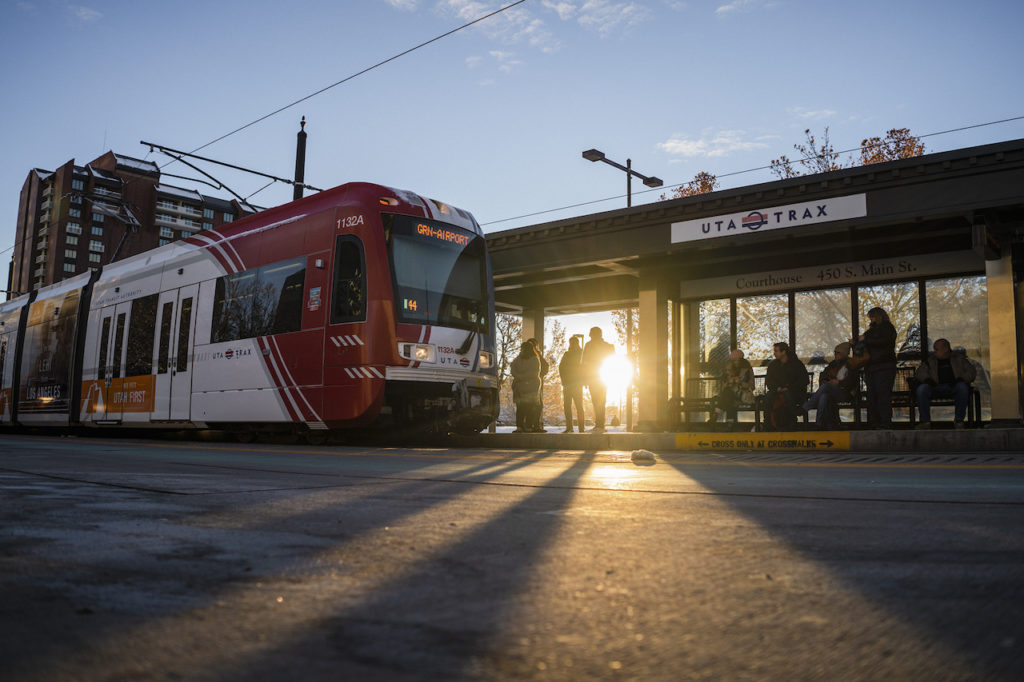
UTA officers will use a fleet of three drones to help monitor situations and keep riders and others safe across the 1,400 square miles that the transit authority has jurisdiction of, including remote rail sections, according to a July 5 report by Fox 13 of Salt Lake City.
The drones will monitor large-scale events/big crowds and trespassers, “more quickly” respond to accidents, and help “those who may harm themselves,” among other tasks, according to the media outlet, which noted “[i]t can be a challenge to patrol some areas with officers alone, so that’s why the police department recently invested in a drone squad.”
Fox 13 reported that the drones have high-definition cameras and thermal imaging capability, and are “equipped with speakers to relay messages to those on the ground.”
Lt. Todd Hewitt with the UTA Police Department told the media outlet that messages could be: “‘Hey, stay out of the alignment,’ or, ‘Please move back to the sidewalk because there is a train approaching.’” He noted that “[i]n cases where we think somebody might be trying to end their life, we can actually fly the drone over them and let them know the trains have been stopped in the area, that help is on the way and prevent that from happening.”
Additionally, the drones can be used to help investigators analyze and diagram an accident/incident scene much more quickly to get the trains or buses running again as soon as possible, Fox 13 reported.

Valley Metro on July 5 announced that riders who use its app can now subscribe to receive push notifications of alerts for their favorite routes or stops. Also new on the app: a satellite option to make it easier to view destinations, landmarks and everything nearby while riders plan trips or track their bus or train. The updated app, version 2.1.0, is available in the Apple App and Google Play stores.


